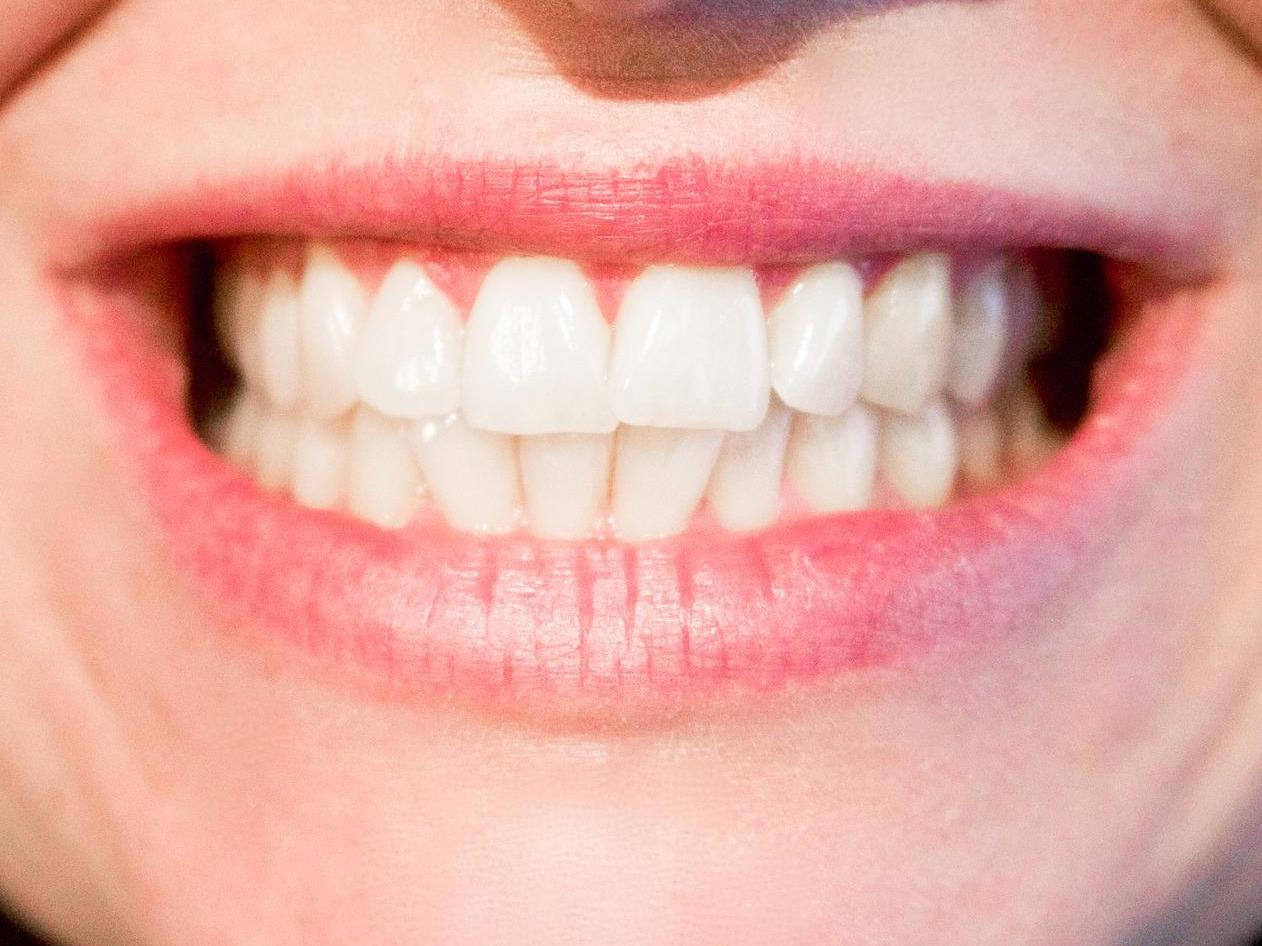Scientists regrow tooth enamel in key discovery that could mark end of fillings
New gel succeeds in repairing hardest tissue in human body

Scientists have discovered a way to grow back tooth enamel, a development that could spell the end of fillings as a method to repair cavities.
A team of researchers of China’s Zhejiang University were able to create a gel that makes tooth enamel repair itself, they wrote in the science journal Science Advances.
Enamel is the mineralised substance that covers the surface of teeth. Its highly complicated structure, with enamel rods interwoven with inter-rods in a fish scale pattern, makes it the hardest tissue in the human body.
Enamel is formed biologically, but once mature it becomes acellular and thus is devoid of the ability to self-repair.
As a consequence, caries – or tooth decay – are one of the most prevalent chronic diseases in humans, Zhaoming Liu, Ruikang Tang and ten other Chinese scientists wrote in their paper.
Resins, ceramics and amalgam fillings can be used to restore enamel, but they don’t achieve permanent repair and can become loose because they are made of foreign materials.
Enamel has also long eluded scientists. According to the scientific paper, enamel’s structure was never duplicated artificially.
The scientists tested the product on damaged human teeth that had been removed from patients and kept in a solution that recreates the mouth environment.
The gel succeeded in making the enamel repair itself within only 48 hours, the scientists wrote.
They said a major shortfall of the gel is that it only managed to generate a layer of about 3 micrometres – about 400 times thinner than undamaged enamel.
The New Scientist reported that the scientists were currently testing the gel on mice and hope to test it on people – in natural circumstances in which they eat and drink – at a later stage.
Nearly three in four (74 per cent) of British adults have had a tooth removed, according to the Oral Health Foundation.
Join our commenting forum
Join thought-provoking conversations, follow other Independent readers and see their replies
Comments
Bookmark popover
Removed from bookmarks